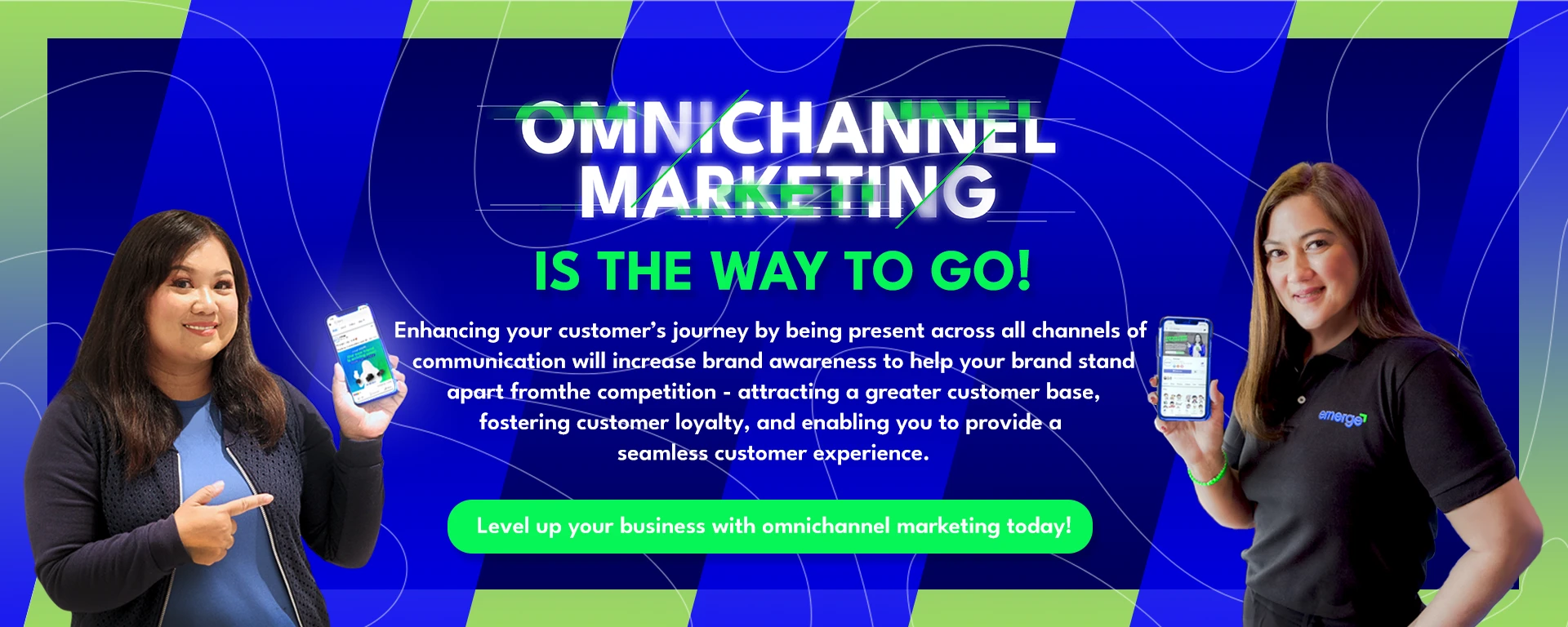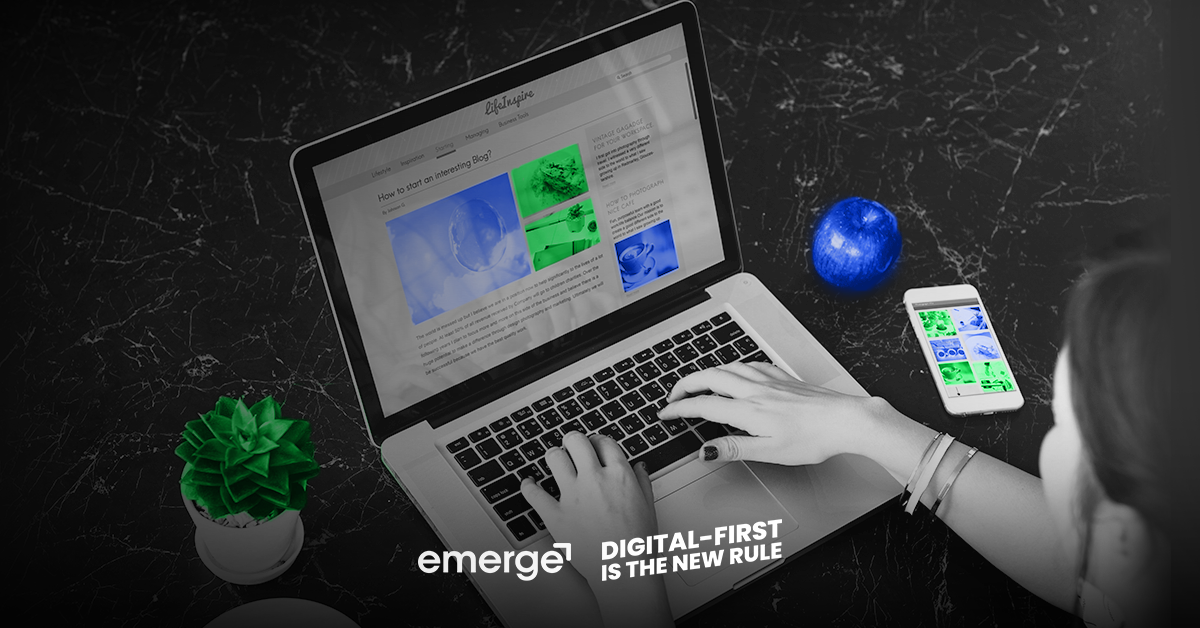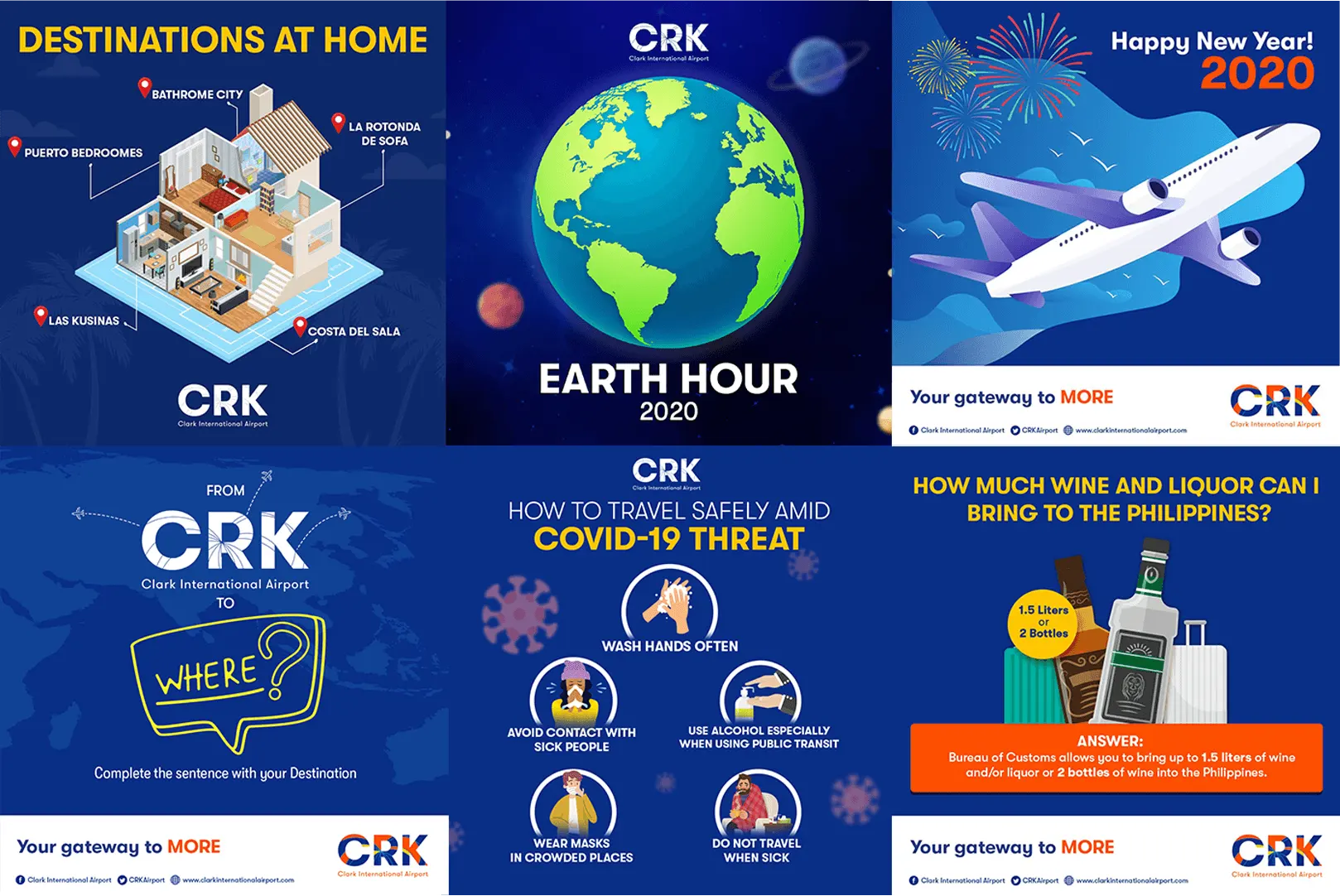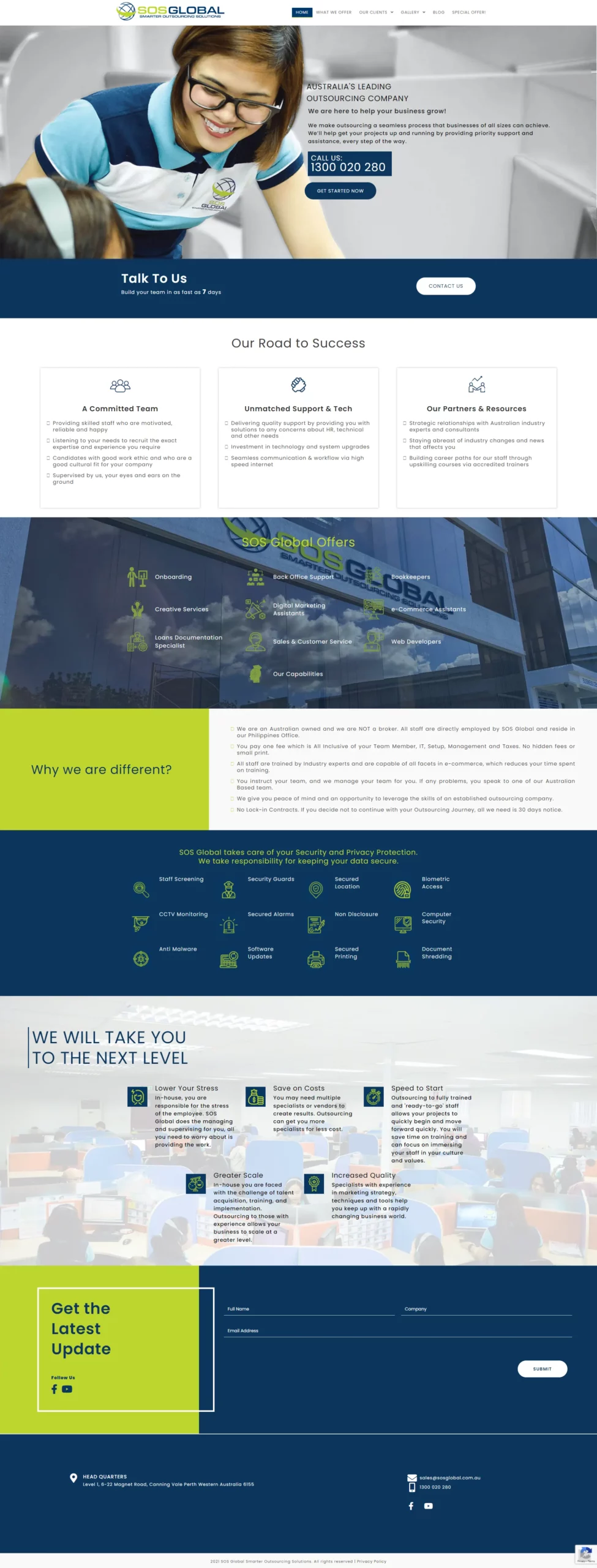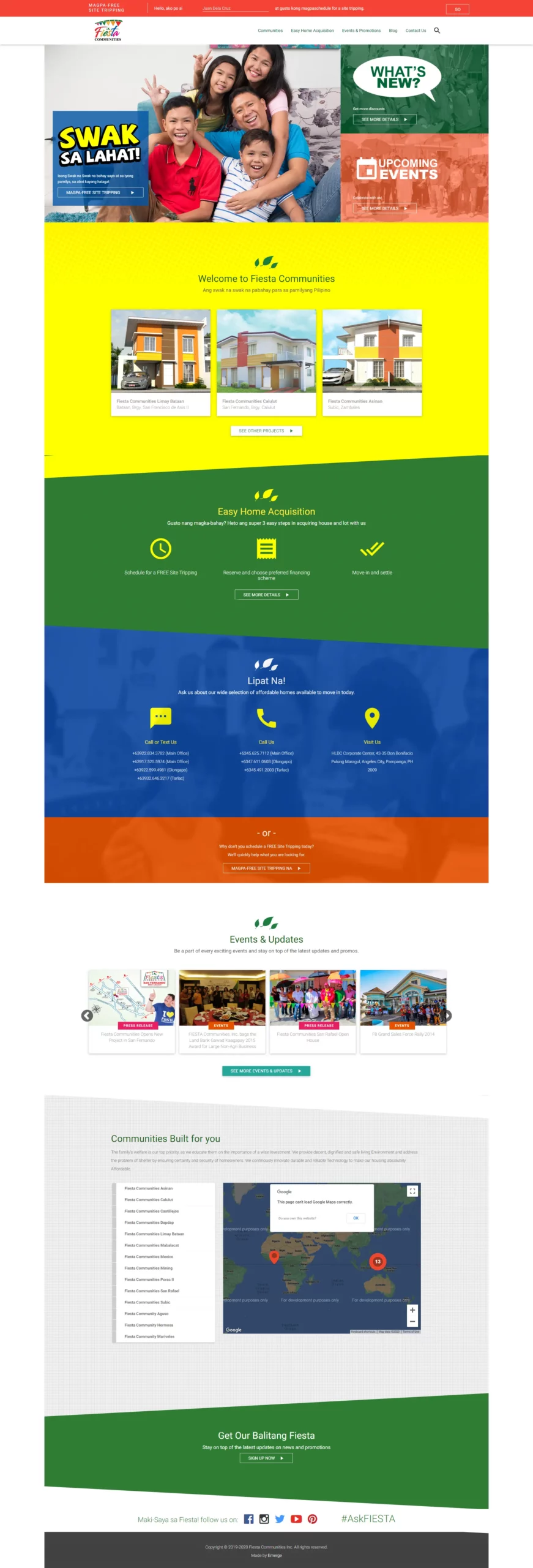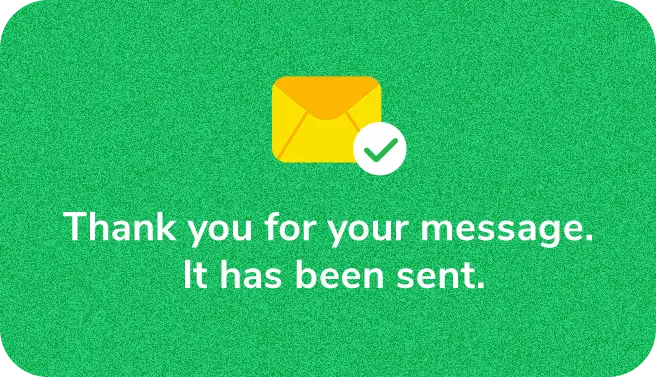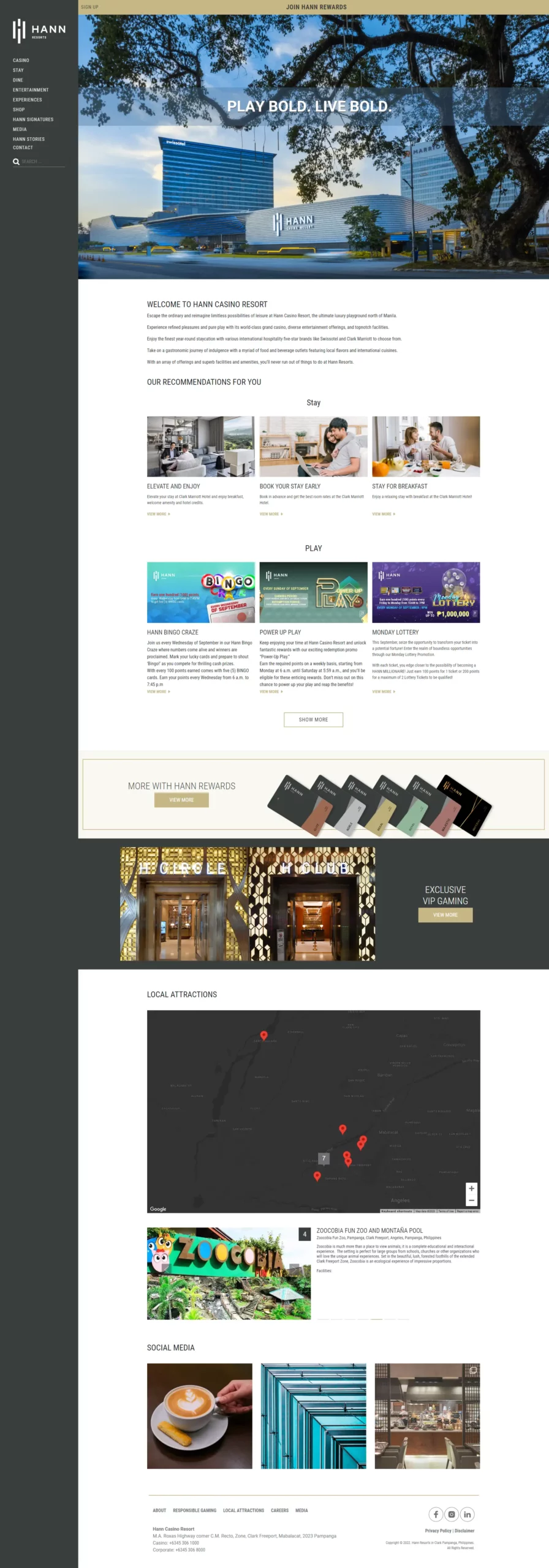Guide in Utilizing Blogs in SMEs
Writing becomes the avenue for most people to tell and express themselves to others while preserving personal experiences and memories.
But writing can help SMEs to promote and establish brand awareness through blogging. Most emerging and successful businesses already embrace blogging to introduce and promote their products and services.
How does blogging work?

Tech-savvy bloggers can buy a domain name, and after that, they can build a website by themselves. But of course, some bloggers don’t know about this field and need more knowledge and skills about such things as HTML. Nevertheless, bloggers can create an account on free blog sites, like the most popular is WordPress, where the publishing process of entries is simplified, and they can customize their web design based on their preferences and the type of their blogs.
The free blogging platforms usually have a separate section to divide the pages with contact information, bio, about, and more sections that help to generate the blogging experience smoothly, similar to the newsfeed and different sections on social media platforms like Facebook, Instagram, and Twitter.
However, blogs usually have a sole author that writes various contents. But when a company or an organization decides to create and maintain a blog site for personal agendas, like writing content for their business and activities, they will hire one or multiple bloggers to write for them.
Blogging vs. Traditional Websites

The most common misconception about blogging is that it is a “website where products are displayed.” But there’s a difference between blogging and websites.
First, blogs need to update regularly with new content. The writer must be creative to write content that will capture the interest of the readers, while the website has static content with pages and sections that are well presented and organized.
Second, readers or viewers of websites can’t interact with the creator. Unlike blogging, the writer and readers are free to interact with each other. Reader engagement is a big plus in building the credibility of the brand.
Let’s Get Started

Perhaps you never see yourself as a blogger since you are more into business, or maybe you don’t have any experience in writing. Well, here is the step-by-step guide to getting started.
1. Recognize Your Brand or the Inspiration Your Blog
You need to recognize and meditate about the brand you’re going to write about. Customers are dependable on buying if you sound expert and professional in your field. Most customers rely on what information they can get, not on the promises you can offer. Remember that the customer will trust you if you understand the services and products you can give to them.
2. Choose a Content Management System that Works You Well
Most beginners in blogging prefer to use WordPress to start their blogging journey. The platform is simple to understand while offering features for its users. WordPress provides a basic version for free, but when you get used to it and think it’s about time to upgrade, you can get the paid plan.
It is another user-friendly blogging platform. You can immediately start a new blog site using your Google profile. This platform provides ready-to-use templates with flexible layouts and images for the background. However, Blogger lets you only do blogging; you can’t build other websites and portfolios.
Another blogging platform that is initially focused on blogging, and the interface and features remain simple and easy to use for beginners. It’s also a free medium, and anyone can start blogging.
3. Start to Create Content Calendar
You have to track down your ideas and pitches in your blog. It will be easy for you to outline, draft, and edit your content if you know where your path is. This will manage and organize your content and ensure you keep up with your posts.
Now, how could blogging help SMEs with digital marketing?

You have to ensure that you understand the needs of your target audience so that you can provide solutions and information for them. Also, you can lead sales to your business when you generate traffic to your website with SEO-based content.
1. Attract More Customers
Effective blogging can attract potential customers. When you publish content where you discuss and explain everything about your products or services, there is a high possibility for you to capture the interest of the target people. But here’s the challenge, since blogging demands a commitment to regular updates and publishing content, you will need to invest time and effort to plan, research, outline, and write for content.
2. Build Brand Awareness
Blogging helps to build and maintain brand awareness and identity online. When you start incorporating content about your business, it will provide instant exposure to your brand on different platforms, especially social media. But blogging demands a total commitment as you start writing.
3. Maintain Communication with Customers
You need to ensure that your clients are up-to-date on what’s going on in your business. Your blog posts will help you to update and inform your customers. It is also better to be consistent with your blog post because the more consistent you are—, the more customers will visit your platform.
Conclusion

Your writing journey might be challenging, but this new path you’re going to take is worth it, especially if it is for your business. You must invest perseverance, patience, and determination to keep going when you encounter tough times. Remember that everything is worth taking when it’s about achieving your dreams and goals. If you need inspiration for your content and ideas about how to start your blogging journey, you can read blogs from our expert.
